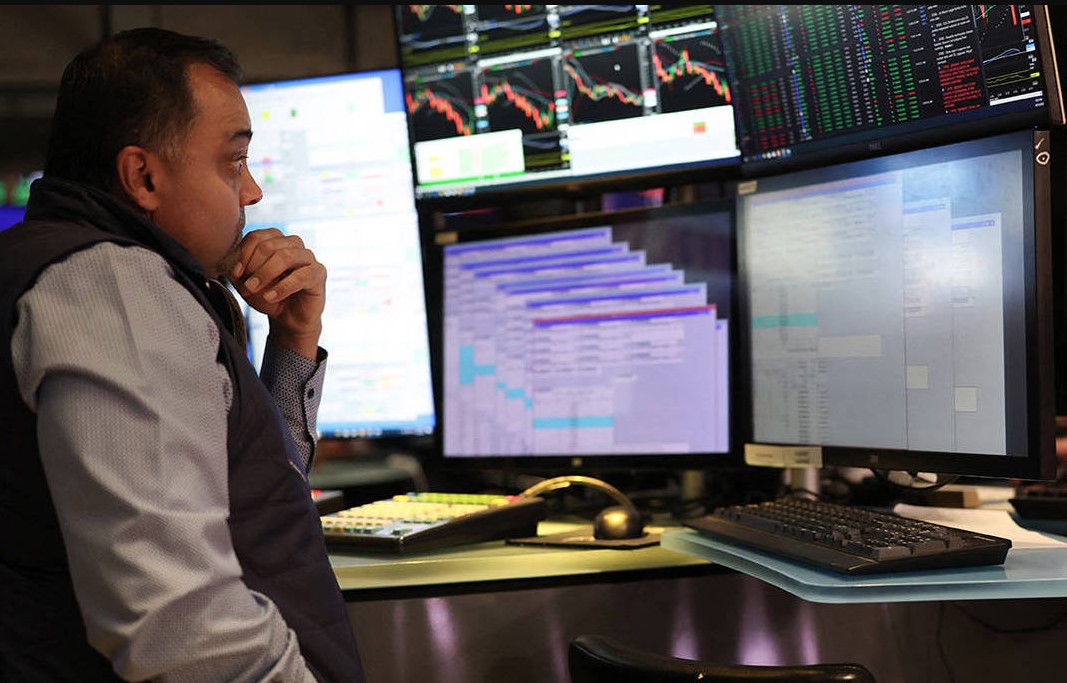
By many metrics, the world is facing record levels of turmoil, both in terms of the global economy and the geopolitical landscape. This new world disorder reflects a wide variety of factors, leaving investors and business leaders wondering how best to hedge against so much uncertainty.
Many factors are contributing to deteriorating GDP forecasts and greater volatility, including deglobalisation, now exacerbated by tariffs, heightened inflation risks, and technological competition between the United States and China. Meanwhile, geopolitical uncertainty is growing as a result of widening regional fissures, the reconstitution of emerging-market trading blocs, such as the BRICS+ grouping of major emerging economies, and ongoing hot wars. And social uncertainty – stemming from record levels of migration and displacement – is fueling populism and distrust of government in many advanced economies.
Until recently, financial-market volatility had been high by historic standards, yet not as elevated as one might expect, implying some degree of market complacency. For example, the VIX a measure of volatility – had been trading between 15 and 20 points in the opening weeks of 2025, compared to 12-14 during the same period a year earlier. Similarly, the MOVE (Merrill Lynch Option Volatility Estimate) – a measure of interest-rate volatility – had remained elevated at or close to 100 points since February 2022, up from 50-80 in the preceding years. Following Donald Trump’s “Liberation Day” tariffs, however, the VIX surged above 40, and the MOVE above 130.
Faced with such uncertainty, there are three ways to think about hedging. The first, “level-one hedging,” comprises conventional methods that investors use when financial markets are functioning normally, and when the rule of law is not in doubt. These options all presuppose a stable relationship (the “basis”) between financial markets and real assets. Financial contracts will reliably clear, and hedges will protect investors as intended.
For example, buying S&P 500 puts or CDX (Credit Default Swap Index) protection shields an investor’s equity and fixed income, respectively, since such contracts will continue to pay out even after a crisis. In these cases, one’s wealth is hedged because properly functioning financial markets and the rule of law ensure sufficient liquidity and transparency.
Then there is level-two hedging, which is used in cases where financial markets fail to clear, leaving investors exposed despite their holding a financial contract. This scenario assumes a closed system where the failure of level-one financial hedges is not isolated or localised, but universal. Such situations are uncommon in a globalised world, because even if one national bourse fails, financial contracts for globally traded assets such as gold or oil could be settled elsewhere.
Consider the 2008 global financial crisis, when governments stepped in to ensure that contracts were settled – effectively insuring the economy and the financial system by upholding the rule of law. Even though the relationship between financial and real assets initially broke down, a government intervention was sufficient to stabilise markets. As long as the rule of law holds, property rights, contracts, counterparty agreements, and payments of bills and rents remain enforceable. In these cases, the government can create a firebreak to buy time for the system to be rebuilt, so that level-one hedges can function properly again. Government action aimed at protecting the wider society from systemic risk is itself a hedge.
Finally, with level-three hedges, not only do financial markets collapse, but the rule of law also breaks down, leaving investors exposed and unhedged (because level-one and level-two hedges have lost traction). In these scenarios, financial contacts cannot be settled, and the government proves either unwilling or unable to step in. This is most common in relatively underdeveloped emerging markets with weak financial and legal systems.
Here, the only hedge is to hold real, physical, portable assets – such as gold coins, stamps, and art – or to control resources such as land, water, or energy. If the rule of law fails, physical possession of an asset may trump legal title, implying that owners must take additional steps to secure their assets.
The biggest weakness in any system is the institutional infrastructure supporting it, because if that goes, so does everything else. In today’s world, investors cannot rely only on level-one hedges. They need to consider what level of protection they need for level-two and level-three scenarios. When the relationship between the financial and the physical turns out to be less stable than you previously assumed, you need to know your alternatives.
Dambisa Moyo, an international economist, is the author of four New York Times bestselling books, including Edge of Chaos: Why Democracy Is Failing to Deliver Economic Growth – and How to Fix It. This content is © Project Syndicate, 2024, and is here with permission.

We welcome your comments below. If you are not already registered, please register to comment.
Remember we welcome robust, respectful and insightful debate. We don't welcome abusive or defamatory comments and will de-register those repeatedly making such comments. Our current comment policy is here.